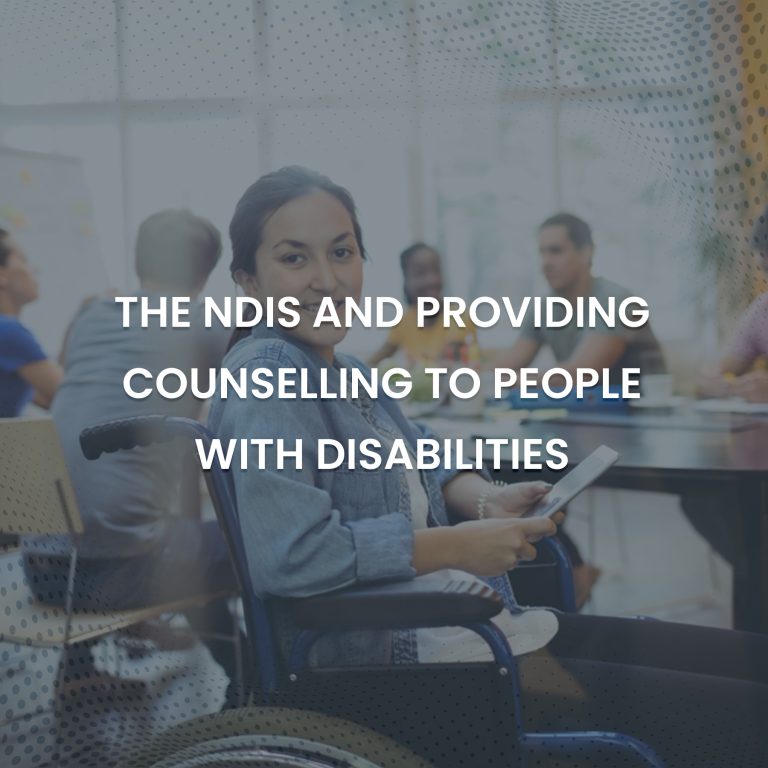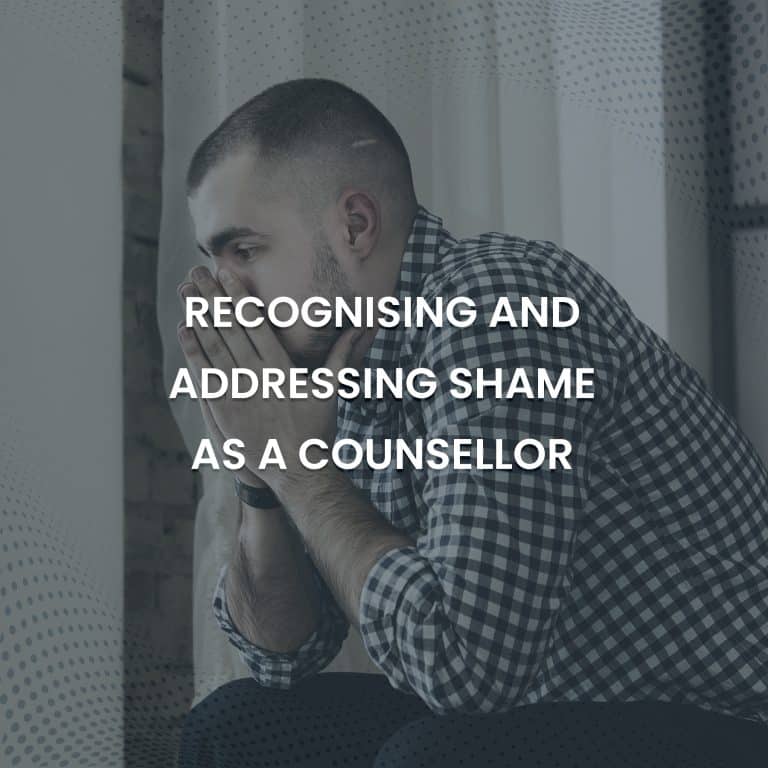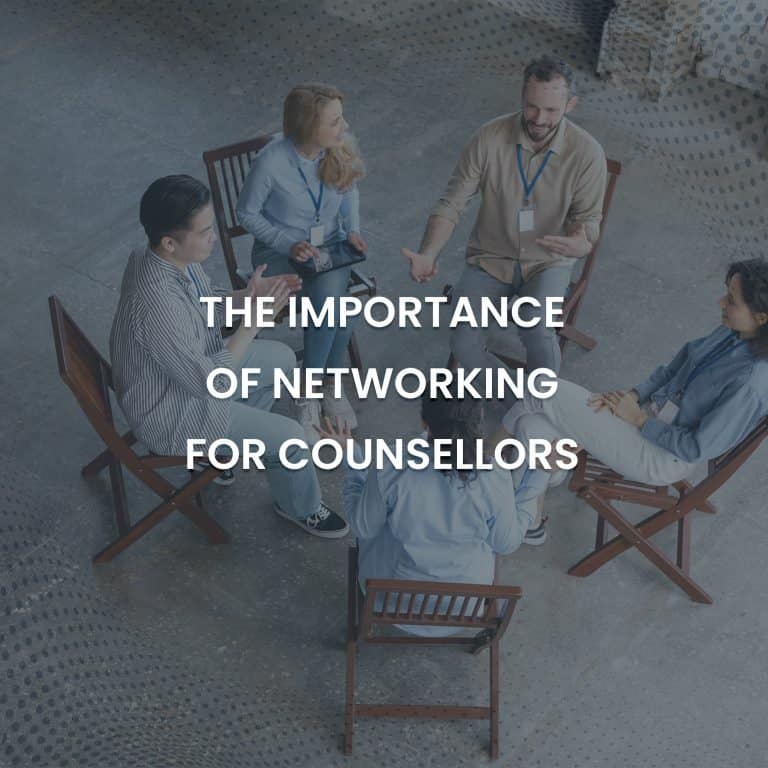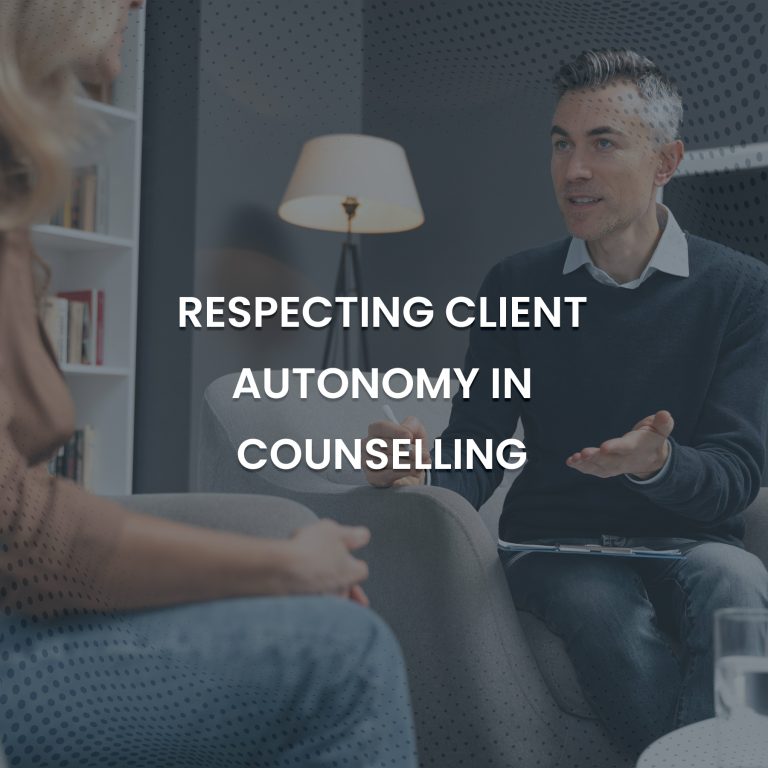
Counselling is relieving for many people, but it can also be a highly uncomfortable experience, particularly at the start. So, it’s important to do everything you can to make the client feel as relaxed as possible to ease their anxiety and help them towards honest and open communication.
Your environment
You should first look at the environment that you will be conducting your session in, ensuring the premises and work area are arranged well for the client. The environment should have:
- Fresh, clean, and inviting furniture and décor
- Suitable temperature and lighting
- Appropriate noise levels
- Notices and directions within premises must be clear
- Safety considerations for the work environment (e.g., mopping up spills on the floor)
Attending skills
To help put the client at ease and encourage them to communicate well with you, make sure you speak in a way that is:
- Warm and personable
- Caring and empathetic (in moderation and to the needs of the client)
- Honest and real; provide them with facts and answers
Using attending skills during sessions will help to form an effective client-counsellor relationship. Attending skills ensures you stay engaged and fully in the moment with the client through your discussions. Being actively engaged will also help in observing how the client is feeling and help you to understand their situation more clearly.
Attending skills include:
- Making appropriate eye contact
- Facing the client during the session and leaning forward as needed, indicating your full attention
- Acknowledging the client’s contributions, e.g., nodding your head
Attending also includes observing body language, pauses, silences, and the ability to interpret what it means. People will be aware if your mind is wandering elsewhere which will cause them to hold back or think twice about what information they should divulge. If they believe you are not fully invested in them and the sessions, then they will respond that way in return.
Listening skills, such as active and reflective listening, helps in confirming the client’s story and emotional situation. You want to reach a common understanding and to know the reasons for their visit. Using paraphrasing and summarising in your initial discussions can help in reaching that point. Remember that understanding the client will validate how they feel and create a more positive environment for you to work together.












